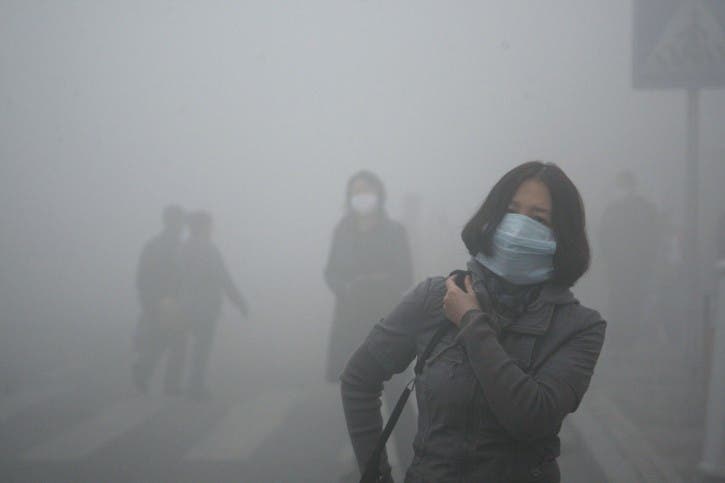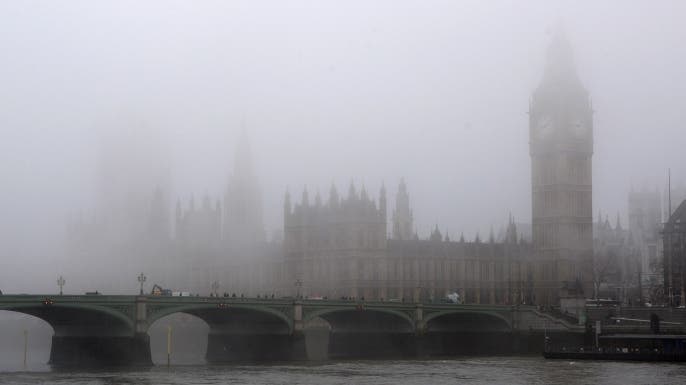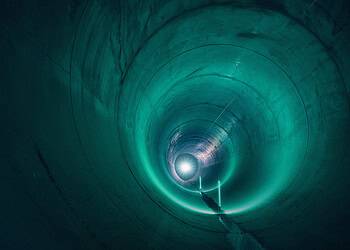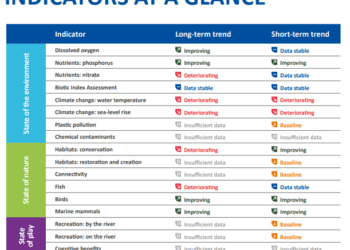The Chinese capital is notoriously polluted and frequently plagued by smog, a noxious gas mixture made of nitrogen oxides, sulfur oxides, ozone, smoke or particulates. While 2015 saw cleaner air in Beijing than the year before, the current state of affairs lack in resolution, as echoed by concerned Beijing residents. With a lot of planning, hard work and a bit of luck, this situation might change for the far better as the Beijing Environmental Monitoring Center announced it plans to cut airborne pollution by more than 200% by 2030.

Though there are many indicators that reflect air quality, the main one specialists use as a proxy for overall quality is the PM2.5 level. This is the concentration of microscopic particles with a diameter less than 2.5 microns that can penetrate the lungs and harm health. In 2015, PM2.5 fell to 80.6 micrograms per cubic meter: a 6.2% year-to-year reduction, or a bit better than the municipality’s intended goal of 5%. Beijing residents aren’t that impressed, though, and most say don’t notice the difference.
“I didn’t feel the clear improvement in air quality in the winter, and many of my friends and colleagues have coughed and experienced sore throats due to the bad air recently,” said Chen Yang, 29, who works in a printing house in Beijing.
The last big smog events in November and December when Beijing issued a smog red alert — the highest in a four-tier pollution alert system — may have had something do with it. Before smog blanketed the capital at the end of the year, Beijing had managed to cut the PM2.5 daily average readings by 20 percent year-on-year, said Zhang Dawei, head of the Beijing Environmental Monitoring Center.
To fight smog last year, Beijing cut 12 million metric tons of coal consumption and switched over 300,000 households in Dongcheng and Xicheng districts from coal-fired boilers to electrical heating. Now, the State Council (China’s Cabinet) wants to lower PM2.5 readings to 60 by 2017, which is the the national safety standard. By 2030, the state hopes to lower PM2.5 to 35.

Frankly PM2.5 of 35 sounds extremely unrealistic at this point, but not impossible. After all we have a precedent.
One of the most smog plagued cities in history used to be London. In December 1952, a streak lasting days smothered the British capital with a toxic fog. The Great Smog as it remained in history killed an estimated 4,000 Londoners, but even before the Great Smog London used to have frequent smog events, albeit much less severe. Following a government investigation, however, Parliament passed the Clean Air Act of 1956, which restricted the burning of coal in urban areas and authorized local councils to set up smoke-free zones. Homeowners received grants to convert from coal to alternative heating systems. The UK’s Department for the Environment, Food and Rural Affairs (DEFRA), senior scientific advisor for air quality Emily Connolly points out that the city’s average PM2.5 level is now 20. “And for us that’s serious,” she says. Someone from Beijing might laugh in her face though, having lived through days of PM2.5 of 600 micrograms per cubic metre in January, 2013.
In all events, London servers as an example from Beijing, though the scale the Chinese authorities need to tackle seems grander and, perhaps, more challenging than what the British capital had to face in the ’50s and ’60s.






